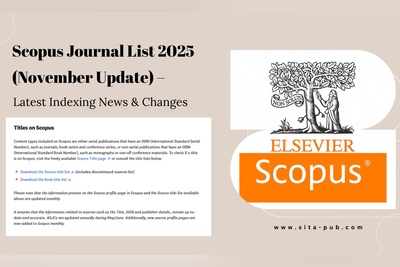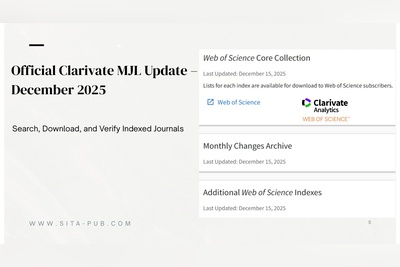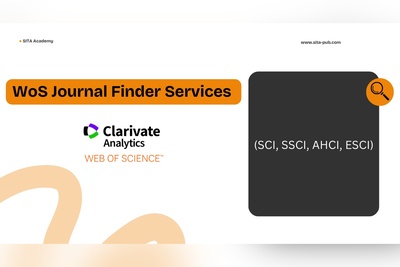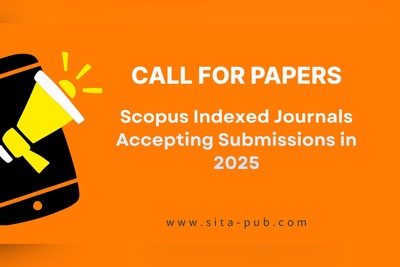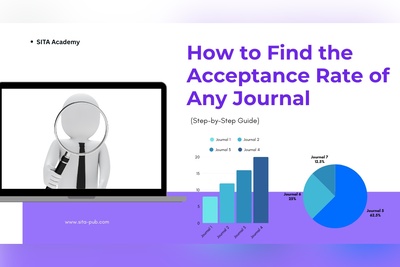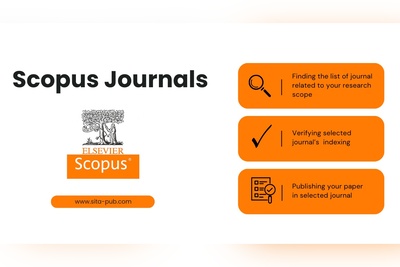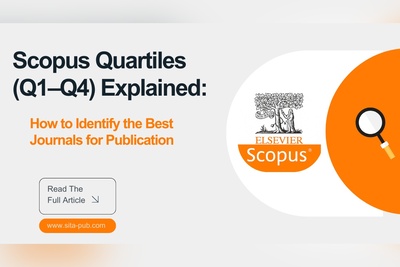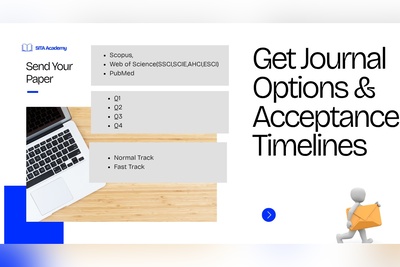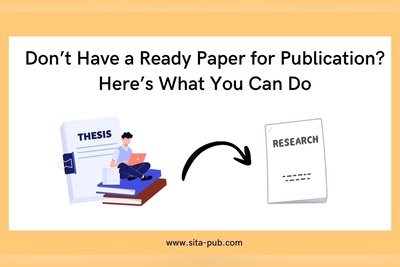How to Use SCImago Journal Rank (SJR) to Find Trusted Q1 Journals
Looking to publish in a reputable Q1 journal? You're not alone—researchers worldwide aim for high-impact publications. The SCImago Journal Rank (SJR) website is one of the most reliable tools to find trusted, field-specific Q1 journals. Discover how to use it effectively in this comprehensive guide.
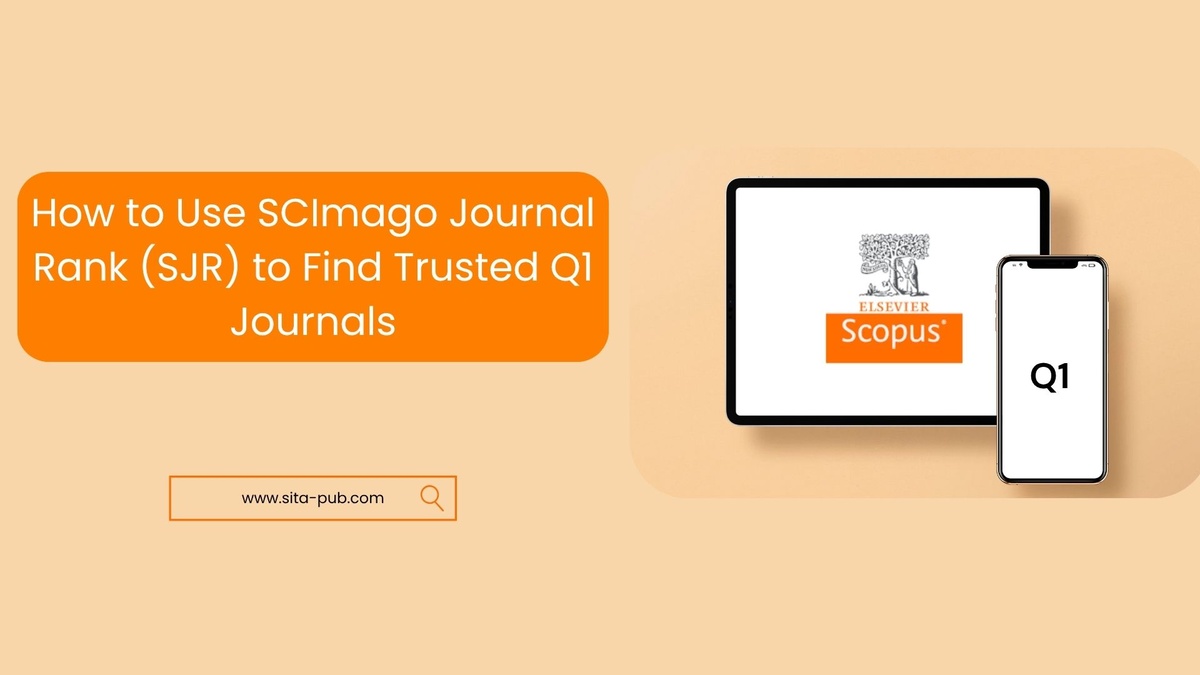
How can you identify Q1 journals that are reputable and also relevant to your field? One of the most reliable tools for this is the SCImago Journal Rank (SJR) platform.
In this article, we’ll guide you through the step-by-step process of using SJR to find trusted Q1 journals and make informed decisions about where to publish your research.
What Is SCImago Journal Rank (SJR)?
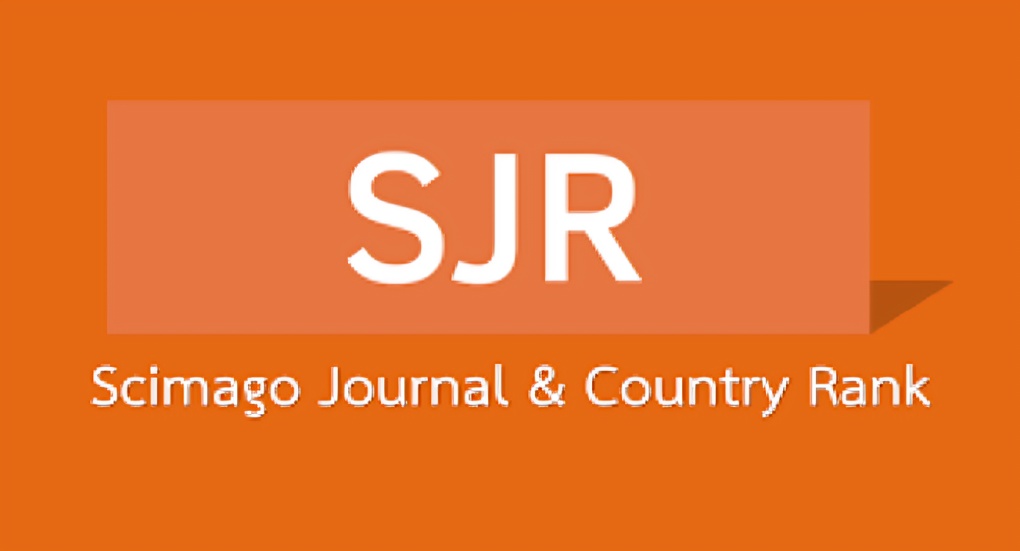
The SCImago Journal Rank (SJR) is a publicly accessible portal that provides journal rankings based on data from Scopus, one of the largest indexing databases for peer-reviewed literature. It offers a user-friendly interface where you can explore thousands of journals categorized by subject area, country, publisher, and — most importantly — quartile (Q1 to Q4).
Journals in Q1 represent the top 25% of journals in a specific subject category and are considered the most prestigious.
Why Use SJR to Find Q1 Journals?
Here’s why researchers around the world rely on SJR:
Free and easy to use
Journals are ranked using transparent metrics (SJR score, H-index, etc.)
You can filter by discipline, region, language, and publisher
Direct links to journal homepages for further details
Updated annually using Scopus data
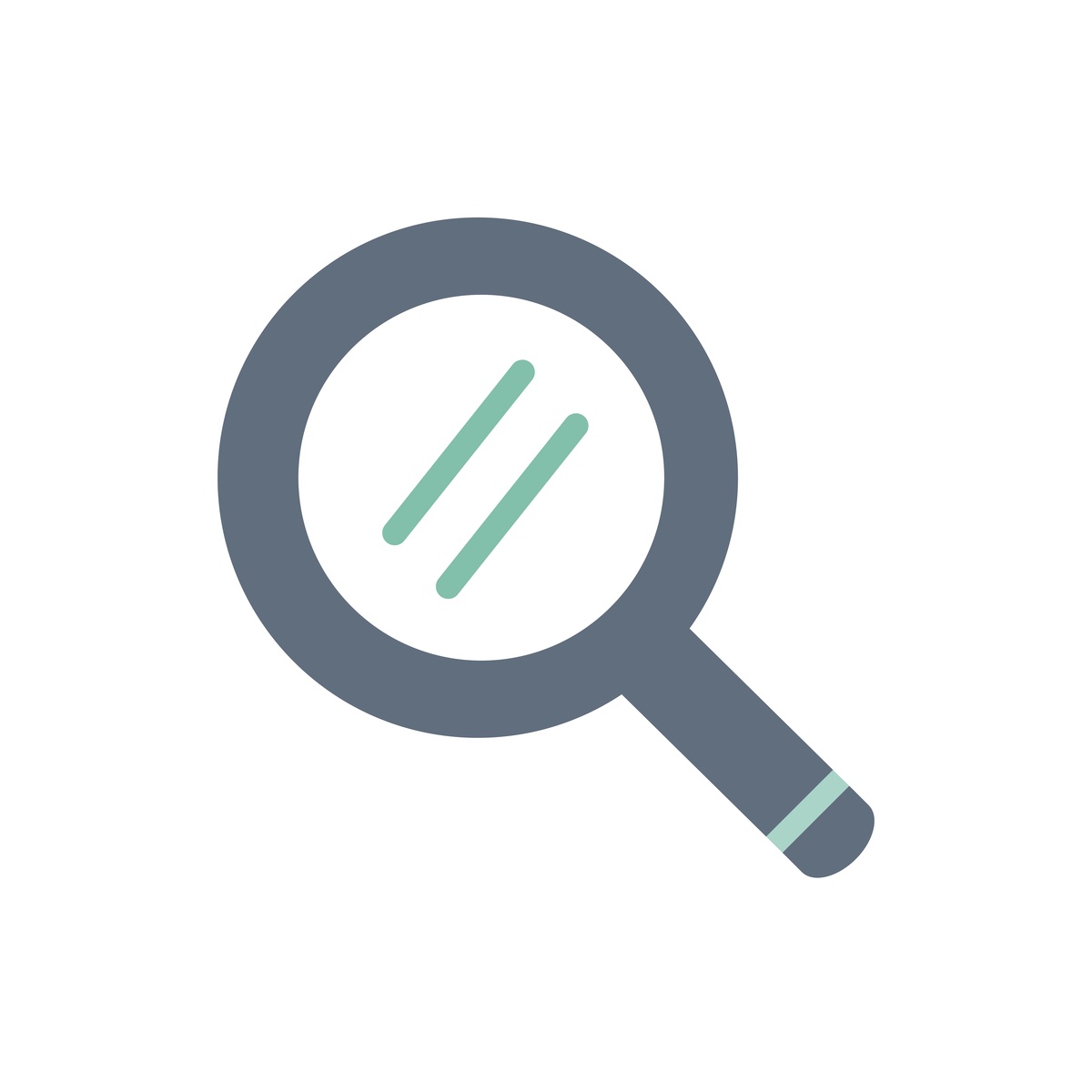
Step-by-Step: How to Use SJR to Find Q1 Journals in Your Field
Step 1: Go to the SCImago Journal Rank Website
Start by visiting the SJR portal:
https://www.scimagojr.com
You’ll land on a simple search and filter interface where you can begin exploring thousands of journals.
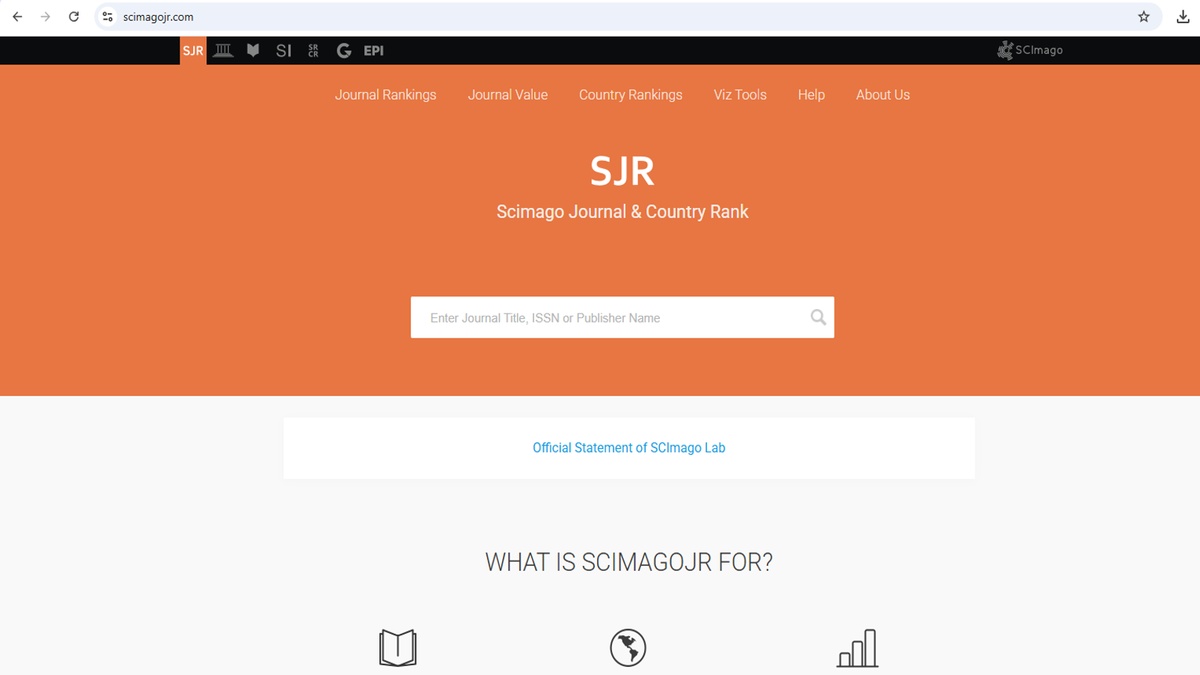
Step 2: Filter by Subject Area and Category
Click on the "Journal Rankings" tab or use the left sidebar. Then:
1.Select a Subject Area (e.g., Engineering, Medicine, Computer Science, Social Sciences)
2.Select a Subject Category (e.g., Artificial Intelligence, Public Health, Economics, etc.)
This ensures that you are only viewing journals relevant to your specific research domain.
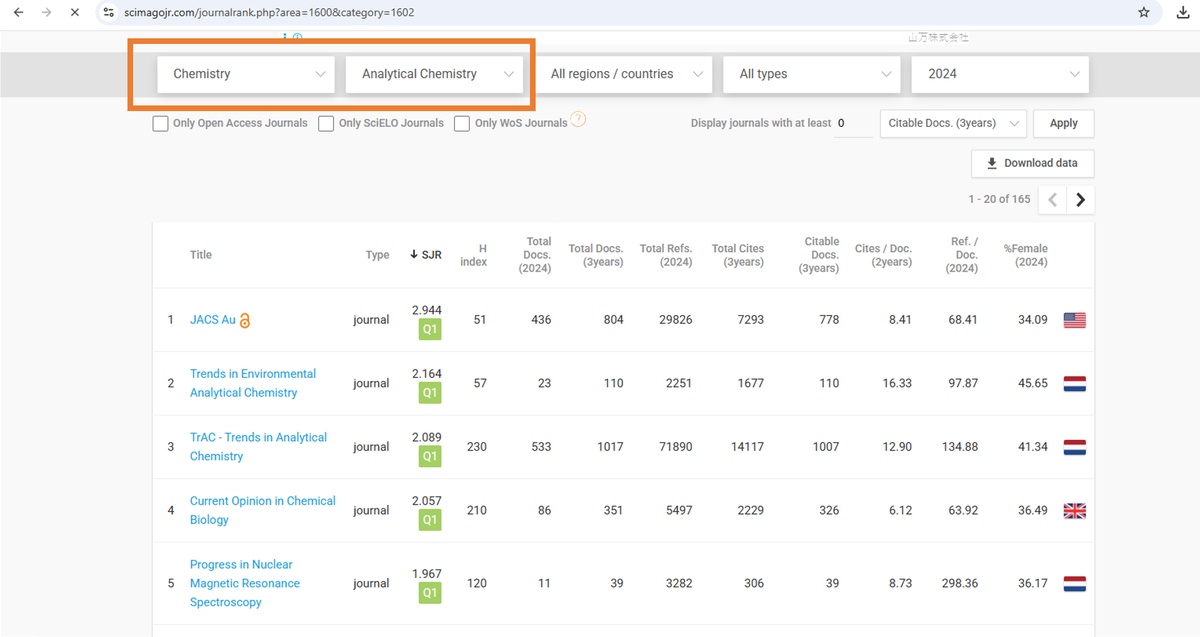
Step 3: Identify Q1 Journals Based on SJR Score
After selecting your subject category or searching by keyword, the SJR website will display a list of journals along with key metrics. While there is no direct filter for “Quartile,” journals are automatically sorted by their SJR score from highest to lowest, meaning the top journals shown are usually Q1 (top 25% in that field).
To confirm a journal’s quartile:
Look at the “Quartile” column next to each journal (e.g., Q1, Q2, etc.).
Q1 journals are listed at the top by default because of their high SJR score.
You can sort by ascending or descending SJR score using the column headers.
Each journal listing also shows:
SJR Score (a prestige-weighted metric based on citations)
H-index (citation impact over time)
Country of Publisher
Publisher Name
Coverage Years (how long it has been indexed in Scopus)
Pro Tip: Many journals are listed under more than one subject category. If your research is interdisciplinary, try checking multiple relevant fields to find the best Q1 fit.
Step 4: Sort and Compare Journals
You can sort journals based on:
SJR score (default)
H-index
Total documents
Cites per document
Sorting by SJR score gives you a quick idea of which journals are most influential.
This is useful when choosing between several Q1 journals — for example, to distinguish a top Q1 from a lower-end Q1.
Step 5: Click on a Journal Title for More Details
When you click a journal title, you’ll see its full profile, including:
SJR trend over time
Subject area and category
Publisher and ISSN
Country
Documents published per year
Citations per document
There is also a direct link to the official journal website, where you can:
Read the Aims & Scope
Check submission guidelines
Browse past issues
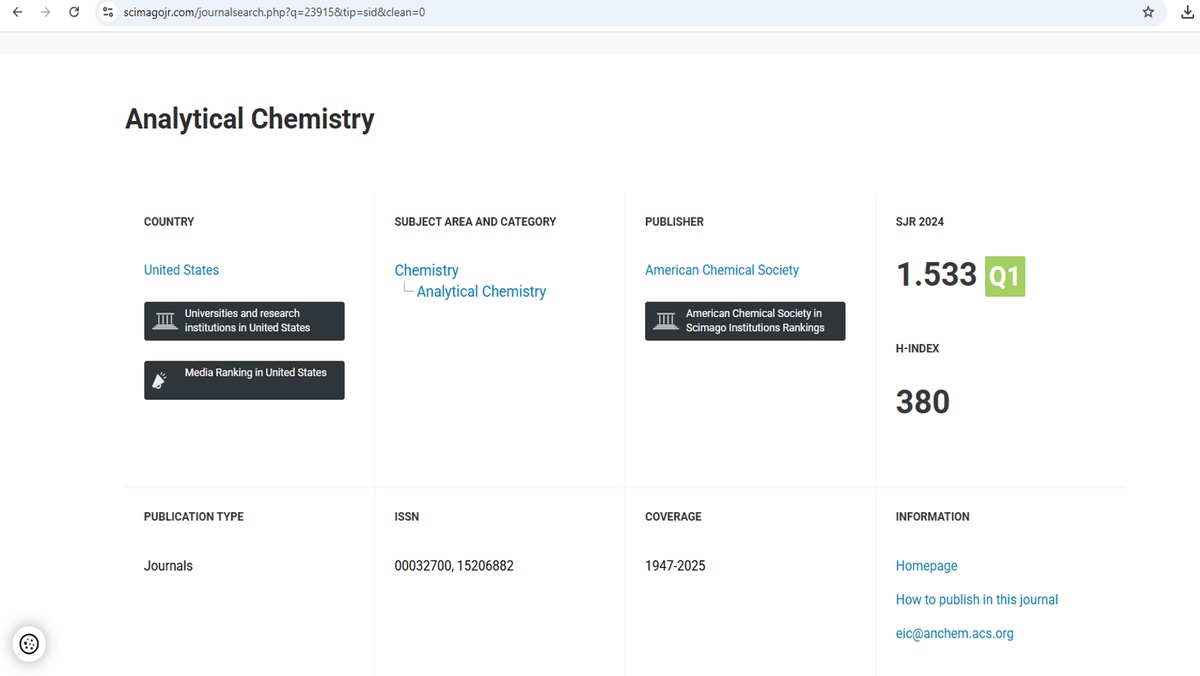
How to Ensure the Journal Is Suitable for Your Paper
Finding a Q1 journal is only part of the process — you also need to ensure it's a good match for your research topic. Here’s how:
Read the Aims and Scope
Visit the journal’s homepage and read the “Aims and Scope” section carefully. Make sure your research topic, methods, and objectives align with what the journal publishes.
Browse Recent Articles
Check the journal’s recent publications to see if they are related to your field. If most articles are completely unrelated to your topic, it’s probably not a good fit — even if it’s Q1.
Check Indexing and APCs
While SJR confirms Scopus indexing, always double-check on Scopus.com. Also, review whether the journal charges Article Processing Charges (APCs) — especially for open-access publications.
Beware of Fake Journals Claiming to Be Q1
Some predatory journals falsely claim to be Q1. To avoid them:
Verify journal name on SJR directly
Check publisher reputation (e.g., Elsevier, Springer, Wiley)
Avoid journals that guarantee fast publication for high fees
Using SJR directly is a safe and transparent way to confirm whether a journal truly holds a Q1 status.
Final Checklist: How to Use SJR to Find Trusted Q1 Journals
Task | Completed? |
Access the SJR portal | |
Filter by subject area & category |
|
Select Q1 under “Quartile” filter |
|
Sort journals by SJR score or H-index |
|
Read the journal’s aims and scope |
|
Browse recent articles |
|
Confirm journal indexing on Scopus |
|
Check APCs and publisher credibility |
|
Using SCImago Journal Rank (SJR) is one of the most effective and transparent methods to find high-quality Q1 journals. Whether you're a graduate student, academic researcher, or professional, publishing in a Q1 journal can significantly boost your academic profile.
Take the time to match your paper to the right journal by checking its scope, metrics, and indexing. Remember: It’s not just about choosing a top-ranked journal—it’s about choosing the right one for your work.
Journal Selection Assistance at SITA Academy
At SITA Academy, we know how challenging and time-consuming it can be to choose the right journal—especially when universities require specific indexing, quartile rankings, or approval from a supervisor. The truth is, everything else in the publication process depends on this first step. If the journal isn’t a good fit for your paper, it could lead to delays, rejections, or unnecessary expenses.
That’s why we’re here to help.
Why Journal Selection Matters
Choosing a suitable journal isn’t just about finding one that’s indexed in Scopus or Web of Science. You also need to consider:
Does it match your research topic and methodology?
Is it in the right quartile (Q1, Q2, etc.)?
Does it charge article processing fees (APCs)?
What’s the acceptance rate and review timeline?
These details may seem small, but they directly impact your success. We know this process can feel overwhelming—that’s why many researchers turn to us for expert support.
How We Can Support You
We offer personalized journal selection assistance that helps you make an informed, confident decision.
Here’s how it works:
Send us your paper, even if it's still a draft.
Let us know your requirements—such as:
Quartile rank (e.g., Q1 or Q2)
APC budget (if any)
Required indexing (Scopus, Web of Science, PubMed, etc.)
Timeline or university conditions
We’ll review your paper and provide a shortlist of journals that fit your criteria.
You can then discuss the options with your supervisor or institution for final approval.
We’ll include key details like:
Journal scope and subject area
Indexing and quartile
APCs and access model
Acceptance rates and average publication time
Submission links and author guidelines
Let’s Make the First Step Count
Journal selection can shape the entire outcome of your publication. If you’re unsure where to begin, let us assist you.
Send your paper and journal requirements to:
[email protected]
Or contact us via WhatsApp:
https://wa.me/+905344998991
We’re here to guide you—step by step—toward publishing in a journal that fits your research and your goals.
